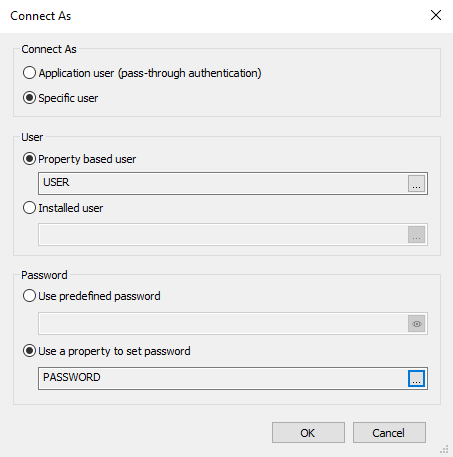
Secure Access Protocol: A Deep Dive Into Physical Path Authentication

Secure Access Protocol: A Deep Dive Into Physical Path Authentication
Table of Contents
- Introduction
- Registration
- Using Advanced Installer
- GUI
- Working with Projects
- Installer Project
* Product Information
* Resources
* Package Definition
* Requirements
* User Interface
* System Changes
* Server
* Internet Information Services Page”)
* IIS Server
* Global Settings
* Website Settings
* Physical Path Credentials Dialog
* Web Site Bindings/SSL Settings
* Virtual Directory Settings
* ASP.NET Settings
* Access Flags
* Authentication
* Default Document
* Website Performance
* FTP Access
* FastCGI Settings
* ISAPI Filters
* MIME Types
* Application Mapping
* HTTP Response Headers
* Machine Key
* HTTP Error Handling
* .NET Error Handling
* Custom Properties
* Application Pools
* Web Deploy Packages
* Legacy Options
* IIS Browse
* ODBC
* SQL Databases
* SharePoint Page
* Silverlight Page
* Custom Behavior - Patch Project
- Merge Module Project
- Updates Configuration Project
- Windows Store App Project
- Modification Package Project
- Optional Package Project
- Windows Mobile CAB Projects
- Visual Studio Extension Project
- Software Installer Wizards - Advanced Installer
- Visual Studio integration
- Alternative to AdminStudio/Wise
- Replace Wise
- Migrating from Visual Studio Installer
- Keyboard Shortcuts
- Shell Integration
- Command Line
- Advanced Installer PowerShell Automation Interfaces
- Features and Functionality
- Tutorials
- Samples
- How-tos
- FAQs
- Windows Installer
- Deployment Technologies
- IT Pro
- MSIX
- Video Tutorials
- Advanced Installer Blog
- Table of Contents
Disclaimer: This post includes affiliate links
If you click on a link and make a purchase, I may receive a commission at no extra cost to you.
Physical Path Credentials Dialog
In this dialog you can set physical path credentials for your IIS Web Site or Virtual Directory.

Connect As
Application user (pass-through authentication)
Connect as the application user (pass-through authentication).
Specific User
Specify a user to connect as.
User
Property based user
Use a property based user. Click on the [… ] button to select a property.
Installed user
Use an installed user. Click on the [… ] button to select an account.
Password
Use predefined password
Specify a password.
Use a property to set password
Use a password from a property. Click on the[… ] button to select a property.
Did you find this page useful?
Please give it a rating:
Thanks!
Report a problem on this page
Information is incorrect or missing
Information is unclear or confusing
Something else
Can you tell us what’s wrong?
Send message
Also read:
- [New] The Ultimate Guide to Free Image Editor Apps
- [Updated] 2024 Approved Recording Skype Meetings on Modern Operating Systems
- From Novice to Expert Speaker in Minutes with These Apps
- In 2024, Tutorial to Change Meizu 21 Pro IMEI without Root A Comprehensive Guide
- In-Depth Look at the Average Performing ViewSonic VA1655 Portable Monitor
- Interactive Setup Folder Choice Interface
- Quick Guide: Creating a Unified Flipbook From Multiple PDFs Using FlipBuilder
- Top 12 Prominent Tecno Spark 10 4G Fingerprint Not Working Solutions
- Top Free Sites to Stream & Download Mix Tapes Online
- Top Recommended Substitutes for BearShare Worth Exploring
- Ultimate Guide to Powerful Apps: Seamless Removal of Items in Photographs
- Title: Secure Access Protocol: A Deep Dive Into Physical Path Authentication
- Author: Michael
- Created at : 2024-10-09 18:37:13
- Updated at : 2024-10-10 16:44:59
- Link: https://fox-web3.techidaily.com/secure-access-protocol-a-deep-dive-into-physical-path-authentication/
- License: This work is licensed under CC BY-NC-SA 4.0.